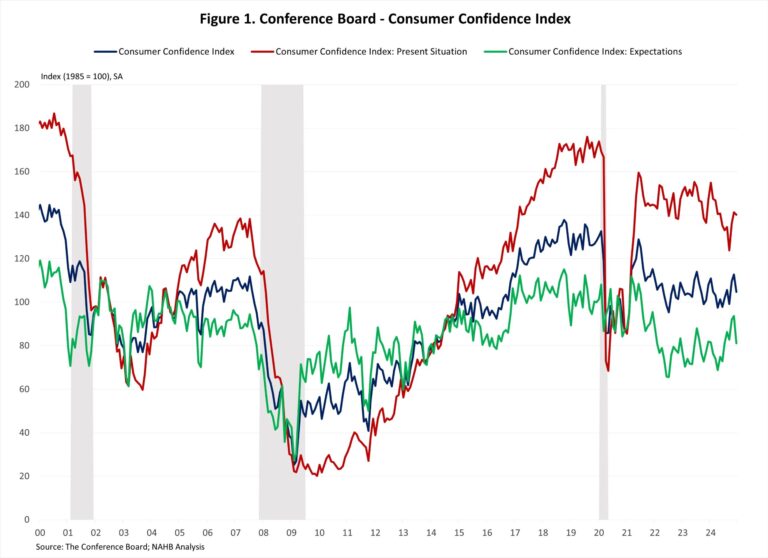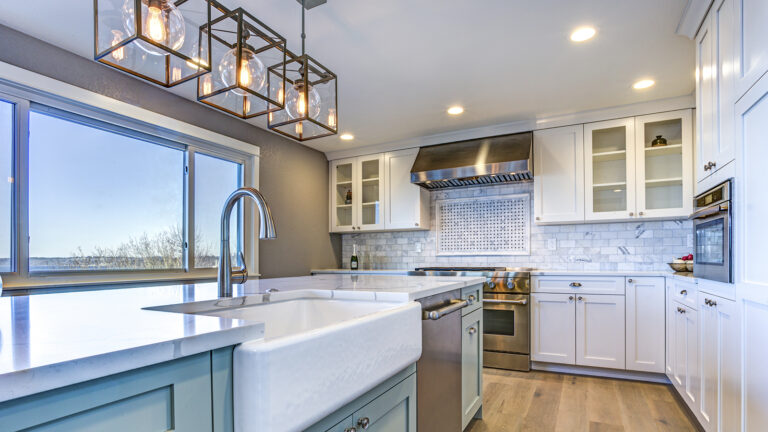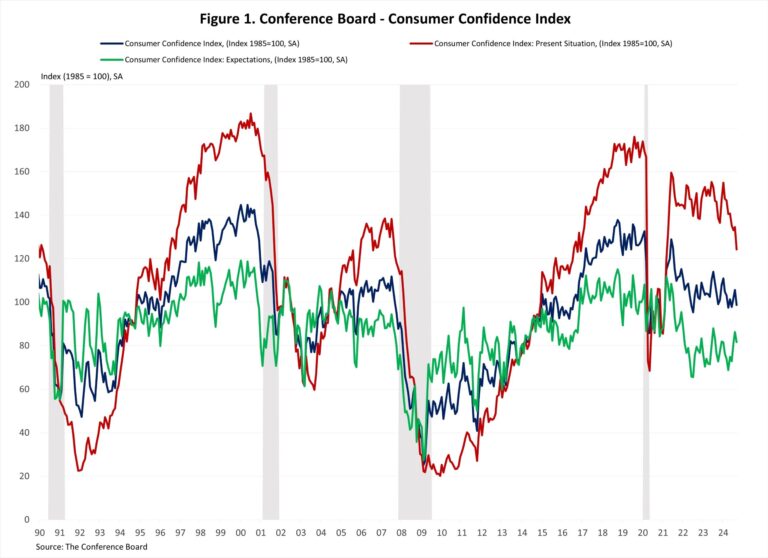Consumer confidence fell to a three-month low in December amid growing concerns about economic uncertainties, especially potential tariffs. These policy changes could derail inflation progress and lead the Fed to slow its easing pace.
The Consumer Confidence Index, reported by the Conference Board, is a survey measuring how optimistic or pessimistic consumers feel about their financial situation. This index fell from 112.8 to 104.7 in December, the largest monthly decline since August 2021. The Consumer Confidence Index consists of two components: how consumers feel about their present situation and about their expected situation. The Present Situation Index decreased 1.2 points from 141.4 to 140.2, and the Expectation Situation Index dropped 12.6 points from 93.7 to 81.1, just above the 80 threshold. Historically, an Expectation Index reading below 80 often signals a recession within a year.
Consumers’ assessment of current business conditions turned negative in December. The share of respondents rating business conditions “good” decreased by 2.5 percentage points to 19.1%, while those claiming business conditions as “bad” rose by 1.4 percentage points to 16.7%. However, consumers’ assessments of the labor market improved. The share of respondents reporting that jobs were “plentiful” rose by 3.4 percentage points to 37%, and those who saw jobs as “hard to get” decreased by 0.4 percentage points to 14.8%.
Consumers were less optimistic about the short-term outlook. The share of respondents expecting business conditions to improve fell from 24.7% to 21.7%, while those expecting business conditions to deteriorate rose from 15.9% to 18.3%. Similarly, expectations of employment over the next six months were less positive. The share of respondents expecting “more jobs” decreased by 3.7 percentage points to 19.1%, and those anticipating “fewer jobs” climbed by 3.4 percentage points to 21.3%.
The Conference Board also reported the share of respondents planning to buy a home within six months. The share of respondents planning to buy a home fell to 4.9% in December. Of those, respondents planning to buy a newly constructed home decreased to 0.4%, and those planning to buy an existing home dropped to 2.2%.
Discover more from Eye On Housing
Subscribe to get the latest posts sent to your email.
This article was originally published by a eyeonhousing.org . Read the Original article here. .



